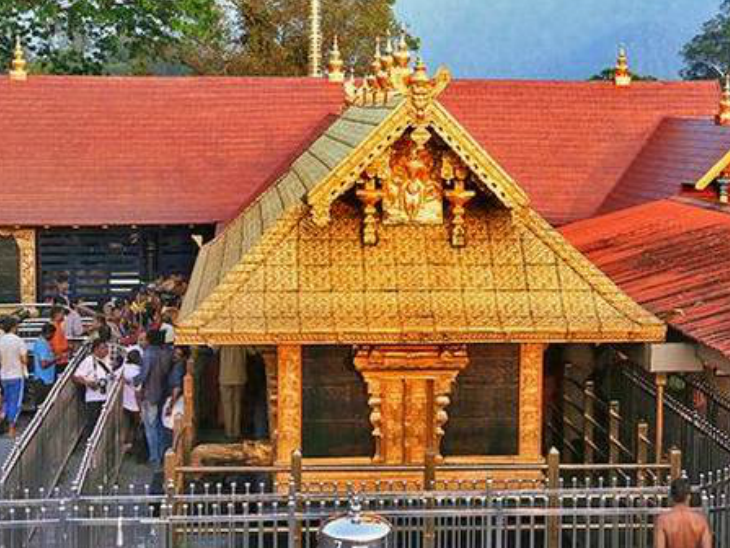The Indian Railways, under the Northeast Frontier Railway (NFR), is making historic strides in connecting the remote capitals of Northeast India to the national network, a long-overdue endeavor gaining momentum in 2025. With a ₹1 lakh crore investment, projects like the 51.38-km Bairabi-Sairang line, inaugurated on July 7, 2025, have linked Mizoram’s Aizawl to the rail grid, while ongoing efforts target Nagaland’s Kohima, Manipur’s Imphal, and others by 2026. These initiatives, driven by the PM Gati Shakti scheme and strategic imperatives, are transforming the region’s socio-economic landscape.
In This Article:
A Historic Connectivity Push
The Northeast, comprising Arunachal Pradesh, Assam, Manipur, Meghalaya, Mizoram, Nagaland, Tripura, and Sikkim, has been historically underserved by rail due to challenging terrain and geopolitical isolation via the Siliguri Corridor. Since the first train chugged from Dibrugarh in 1882, progress was slow—Guwahati joined the network in 1901, Agartala in 2008. By 2025, Assam (Guwahati), Tripura (Agartala), and Arunachal Pradesh (Naharlagun) are connected, with Mizoram’s Aizawl recently added. The Bairabi-Sairang line, featuring 48 tunnels and 55 bridges, exemplifies engineering feats, reducing travel times and boosting trade.
Strategic and Economic Impact
The Northeast’s proximity to ASEAN nations and China’s border makes rail connectivity a strategic priority to counter regional tensions, like the 2017 Doklam standoff. The 2018 Bogibeel Bridge, cutting Assam-Delhi travel by 170 km, and the Agartala-Akhaura line, slashing Agartala-Kolkata distance from 1,613 km to 514 km, highlight economic benefits. Tourism, a key growth driver, thrives with deluxe Bharat Gaurav trains linking Kamakhya Temple and Kaziranga. The region’s 6,829-km rail network, with 893.82 km converted to broad gauge (2014-2023), supports 11.7 million daily passengers and 1.58 billion tonnes of freight annually.
Challenges and Innovations
Treacherous landscapes, loose soil, and environmental hurdles, like Sikkim’s Mahananda Sanctuary delays, have slowed progress. Yet, NFR’s 21 new line projects (1,641 km) and 10 doubling projects (1,209 km) show resolve. Electrification, at 96.59% of India’s 135,207-km network, reached Dibrugarh’s Rajdhani Express in June 2025, enhancing sustainability. Vande Bharat trains and the Jiribam-Imphal line, with 25 of 37 tunnels complete, promise further connectivity by 2026.
A Transformative Future
With ₹60,092 crore allocated and projects like Sivok-Rangpo (Sikkim) advancing, all Northeast capitals are set for rail linkage by 2030. This aligns with India’s ₹101 billion entertainment and tourism sector, amplifying cultural exchange via platforms like YouTube. The Northeast’s rail journey, long-delayed, is now a catalyst for economic growth, strategic security, and regional unity, positioning India’s frontier as a global gateway.
-By Manoj H




